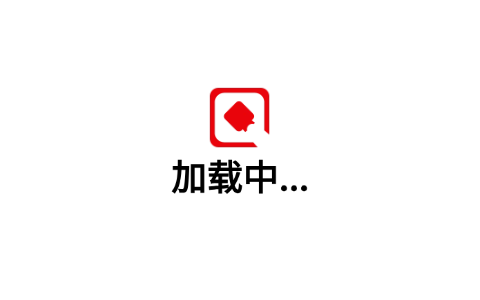third party inspection, is the activity of a professional inspection organization independent of suppliers and purchasers to inspect the quality, quantity, packaging, etc. of products in accordance with pre-agreed standards, contractual requirements or industry norms. The core role of the third-party presence is to reduce the information asymmetry between the two parties to the transaction through an objective and impartial perspective, to ensure that the product meets the agreed requirements and to reduce trade risks.
One,particular purposeinspection of goodsexclusionary rule
Third-party inspection standards are the core basis of the inspection work, usually based on the type of product, industry requirements and customer-specific requirements, these standards usually cover the following aspects:
(i) Quality inspection
No scratches, stains, rust, deformation and other defects on the surface of the product; whether the color, logo, label, etc., meet the requirements; the integrity of the assembly of parts and components; the integrity of the use of functionality and safety of the test product.

(ii) Packaging inspection
Whether the outer box is intact, whether the moisture-proof and shock-resistant signs meet the transportation requirements; whether the product labels, manuals, warranty cards and certification marks are complete; whether the barcode and QR code are scannable and the information is correct. Good packaging not only protects the goods from damage during transportation, but also enhances the brand image.
(iii) Quantitative reconciliation
Consistency of actual quantities with order or contract requirements.
(iv) AQL Sampling Standards
That is, Acceptable Quality Limit (Acceptable Quality Limit), is an internationally recognized sampling standard (such as ANSI/ASQ Z1.4 - 2003), used to determine the number of sampling and pass / fail determination threshold.
Second, the process of third-party inspection
We divide the specific process of inspection into three parts, the first step is the preparation before inspection, the second step is the inspection execution, and the third step is theinspection reportThe review and delivery of the
(i) Pre-inspection preparation
After the customer places the order, we will arrange the inspector in time to understand the production progress of the factory and confirm the time of inspection. The inspector needs to be familiar with the quality requirements and inspection standards and points of the products inspected. When the factory production and packaging is completed, prepare in advance the tools needed for the day of inspection (such as multimeter, vernier calipers, tape measure, photo tools, etc.) and arrive at the factory on time.

(ii) Goods inspection execution
After arriving at the factory, the inspector can communicate briefly with the person in charge of the factory to understand the basic production situation of the factory and check the overall stacking of goods. Usually the factory's opinion will be sought first, and appropriate arrangements for the factory's people to cooperate in order to smoothly carry out the inspection work and improve the efficiency of goods inspection.goods inspection processIncludes the following 7 core screening programs:
1. Quantitative verification:Counts product to ensure that it matches the quantity required in the order or contract.
2. Appearance check:Evaluate the surface quality of the product and check for scratches, stains, rust and other blemishes.
3. Packaging Inspection:Verify whether the specifications of the packaging meet the order requirements, check whether the outer box is intact, whether the moisture-proof, shock-resistant and other transportation markings are clear, and ensure that the packaging can effectively protect the product from damage during transportation.
4. Mark verification:Double-check the marking information on the outer box, including product name, model number, quantity, etc., to confirm the accuracy of the outer box marking information.
5. Functional testing:According to the characteristics and requirements of the product, carry out the necessary function and performance verification, for example, carry out power-on test for electrical products to check whether their switching and operation functions are normal; carry out trial operation for mechanical equipment to test their operation stability, etc. to ensure that the product functions well.
6. Style Confirmation:Compare the actual products produced in the factory with the samples or designs provided by the customer to ensure consistency.
7. Size Measurements:Inspection of critical dimensional parameters using specialized tools.

(iii) Report review and delivery
1. Draft report writing:After the end of the day inspection of goods, the inspector will immediately organize the inspection process recorded in the various data, photographs taken and other information, handwritten a draft report, a detailed record of the inspection of the time, place, product information, the results of the inspection program (including the specifics of the qualified items and unqualified items) and other content.
2. Formal report issuance and delivery:Inspection OnlineWe will conduct an internal audit of the inspection report to check the accuracy of the data and the standardization of the description to ensure that the content of the report is true, objective and complete. After passing the audit, the formal inspection report will be delivered to the customer within 24 hours after the completion of the inspection, providing a reference basis for the customer to determine whether the product meets the shipping requirements.


